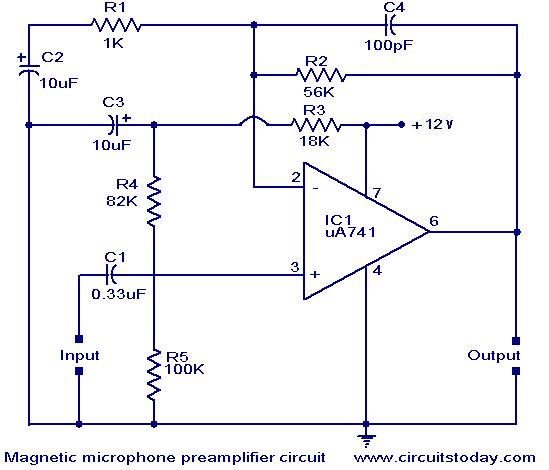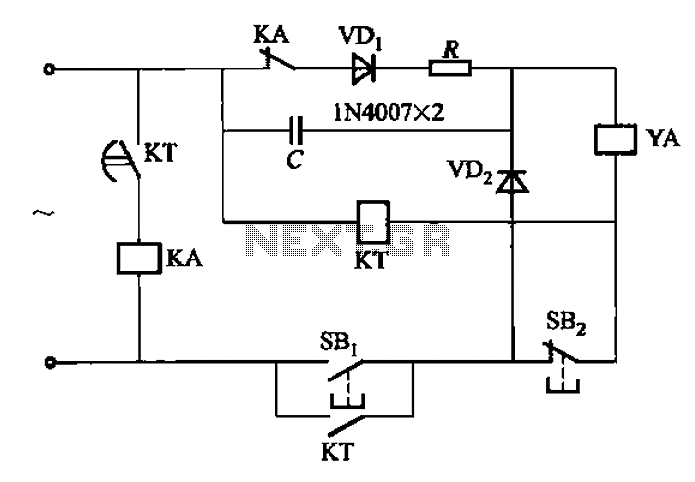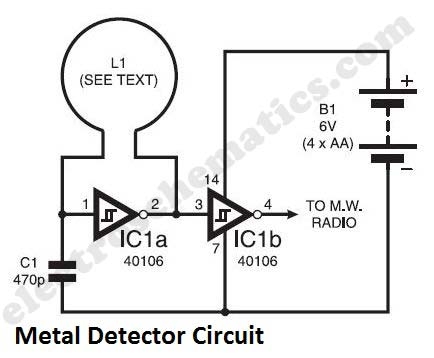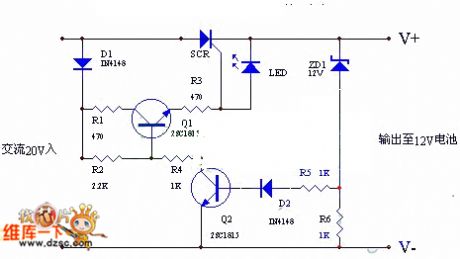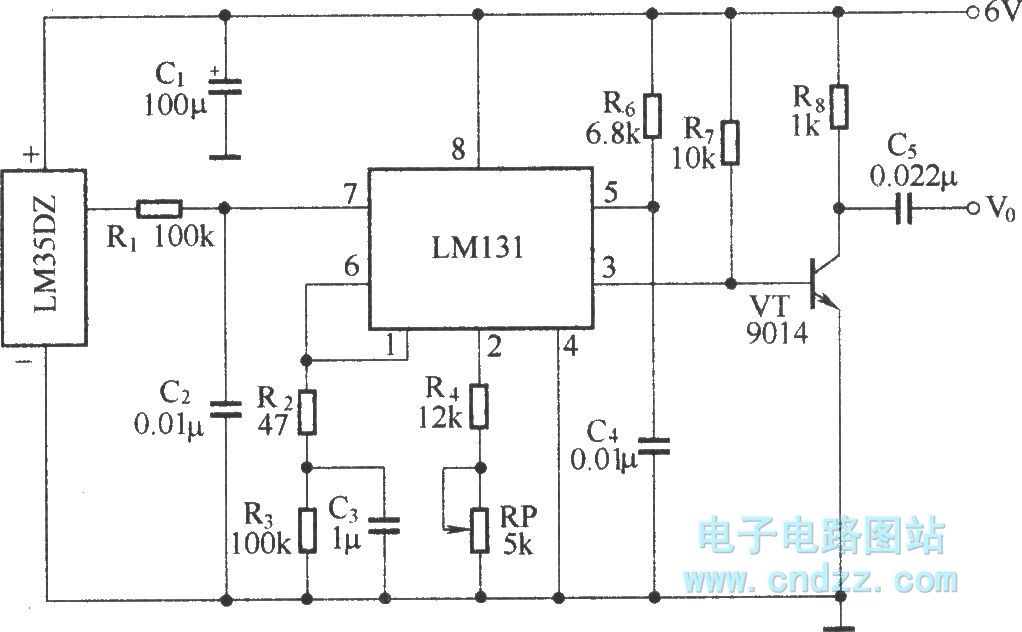
SL517 (electronic toy) audio RF or infrared decoder circuit
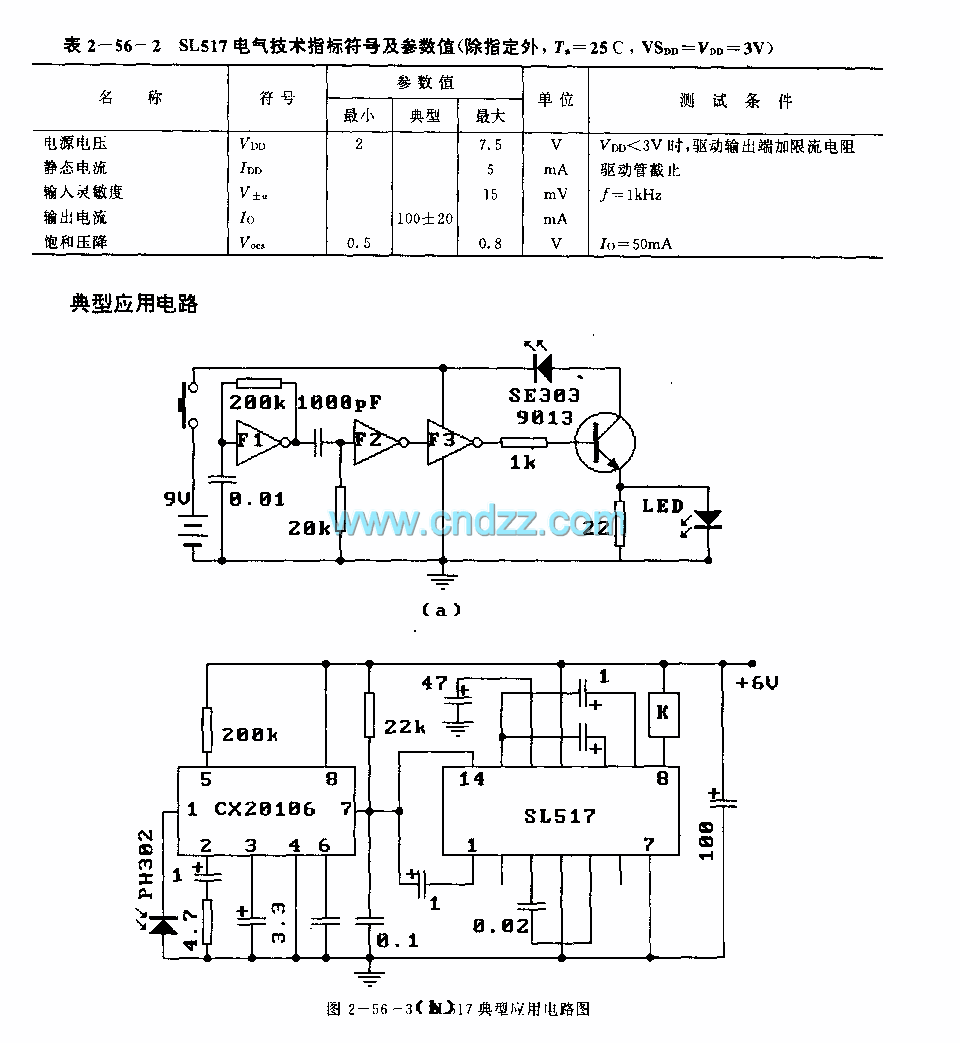
The SL517 is designed as an audio, RF, or infrared decoder circuit suitable for electronic toy applications. The internal circuitry consists of an analog amplifier, a frequency divider, a bistable circuit, and a driver. It utilizes CMOS technology, has a wide power voltage range of 2-7.5V, and features low quiescent current.
The SL517 decoder circuit is engineered to decode audio, radio frequency (RF), or infrared signals, making it versatile for various electronic toy applications. The internal structure of the SL517 includes several critical components that work together to achieve efficient signal processing.
The analog amplifier serves to boost the strength of incoming signals, ensuring that even weak signals are adequately processed. Following this, the frequency divider plays a crucial role in down-converting the frequency of the received signal, making it easier to handle and decode. This is particularly important in applications where the incoming signal frequency may be significantly higher than the operational frequency of the subsequent circuitry.
The bistable circuit, often referred to as a flip-flop, is integral in maintaining the state of the output based on the input signals. This component allows the circuit to latch onto a particular state, which is essential for applications that require stable output based on transient inputs.
The driver component is responsible for controlling the output stage of the circuit, ensuring that it can effectively drive loads such as speakers or LEDs, which are common in toy applications.
Utilization of CMOS technology in the SL517 circuit design provides several advantages, including low power consumption and high noise immunity, which are essential for battery-operated devices like toys. The wide power voltage range of 2-7.5V allows for flexibility in power supply options, accommodating various battery configurations.
Overall, the SL517 decoder circuit is a robust solution for integrating audio, RF, or infrared decoding capabilities into electronic toys, providing a combination of performance, efficiency, and versatility.The SL517 is designed as the audio, RF or infrared decoder circuit that can be used in the electronic toy application. The internal circuit is composed of the analog amplifier, the frequency divider, the bistable circuit and the driver.
Features It uses the CMOS technology.The power voltage range is wide, the value is 2-7.5V.The quiescent current is small.. 🔗 External reference
The SL517 decoder circuit is engineered to decode audio, radio frequency (RF), or infrared signals, making it versatile for various electronic toy applications. The internal structure of the SL517 includes several critical components that work together to achieve efficient signal processing.
The analog amplifier serves to boost the strength of incoming signals, ensuring that even weak signals are adequately processed. Following this, the frequency divider plays a crucial role in down-converting the frequency of the received signal, making it easier to handle and decode. This is particularly important in applications where the incoming signal frequency may be significantly higher than the operational frequency of the subsequent circuitry.
The bistable circuit, often referred to as a flip-flop, is integral in maintaining the state of the output based on the input signals. This component allows the circuit to latch onto a particular state, which is essential for applications that require stable output based on transient inputs.
The driver component is responsible for controlling the output stage of the circuit, ensuring that it can effectively drive loads such as speakers or LEDs, which are common in toy applications.
Utilization of CMOS technology in the SL517 circuit design provides several advantages, including low power consumption and high noise immunity, which are essential for battery-operated devices like toys. The wide power voltage range of 2-7.5V allows for flexibility in power supply options, accommodating various battery configurations.
Overall, the SL517 decoder circuit is a robust solution for integrating audio, RF, or infrared decoding capabilities into electronic toys, providing a combination of performance, efficiency, and versatility.The SL517 is designed as the audio, RF or infrared decoder circuit that can be used in the electronic toy application. The internal circuit is composed of the analog amplifier, the frequency divider, the bistable circuit and the driver.
Features It uses the CMOS technology.The power voltage range is wide, the value is 2-7.5V.The quiescent current is small.. 🔗 External reference
